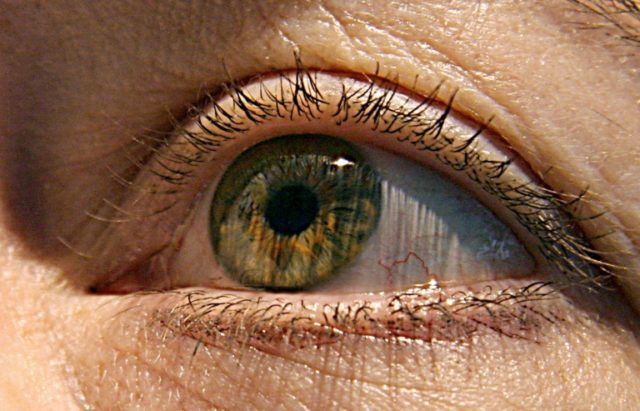Newcastle University scientists have created the first 3D-printed human corneas using a combination of human cells, alginate, and collagen, potentially creating an “unlimited supply” of corneas to treat blindness for millions of people.
“It means the technique could be used in the future to ensure an unlimited supply of corneas,” claimed the University of Newcastle. “As the outermost layer of the human eye, the cornea has an important role in focusing vision. Yet there is a significant shortage of corneas available to transplant, with 10 million people worldwide requiring surgery to prevent corneal blindness as a result of diseases such as trachoma, an infectious eye disorder.”
The university explained that human corneal stromal cells from a donor were “mixed together with alginate and collagen to create a solution that could be printed,” known as “bio-ink.”
“Using a simple low-cost 3D bio-printer, the bio-ink was successfully extruded in concentric circles to form the shape of a human cornea. It took less than 10 minutes to print,” they proclaimed. “The stem cells were then shown to culture – or grow.”
In a statement, Professor Che Connon declared, “Many teams across the world have been chasing the ideal bio-ink to make this process feasible.”
“Our unique gel — a combination of alginate and collagen — keeps the stem cells alive whilst producing a material which is stiff enough to hold its shape but soft enough to be squeezed out the nozzle of a 3D printer,” he detailed. “This builds upon our previous work in which we kept cells alive for weeks at room temperature within a similar hydrogel. Now we have a ready to use bio-ink containing stem cells allowing users to start printing tissues without having to worry about growing the cells separately.”
The professor added that the corneas “will now have to undergo further testing and it will be several years before we could be in the position where we are using them for transplants.”
“However, what we have shown is that it is feasible to print corneas using coordinates taken from a patient eye and that this approach has potential to combat the world-wide shortage,” Connon concluded.
Charlie Nash is a reporter for Breitbart Tech. You can follow him on Twitter @MrNashington or like his page at Facebook.

COMMENTS
Please let us know if you're having issues with commenting.